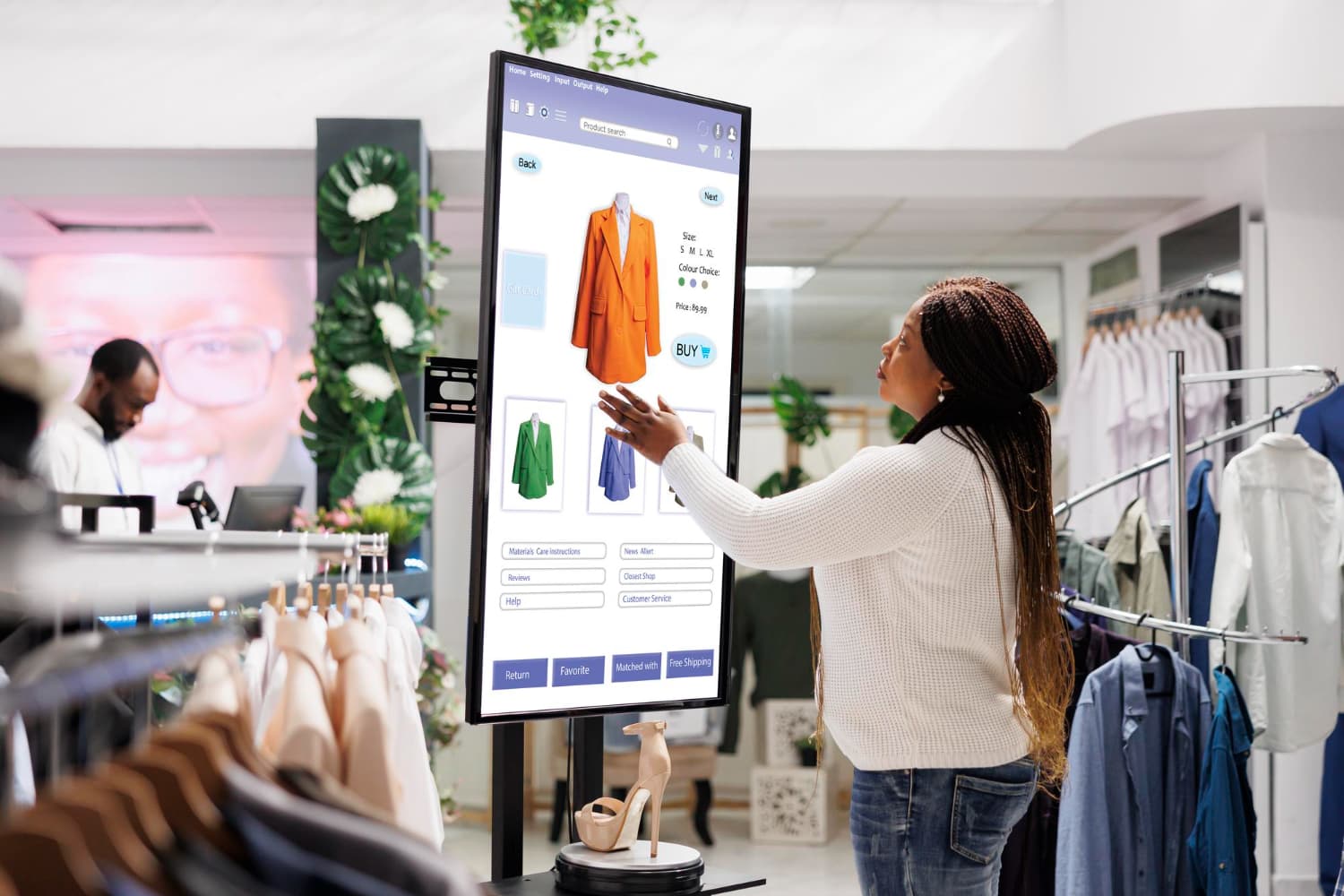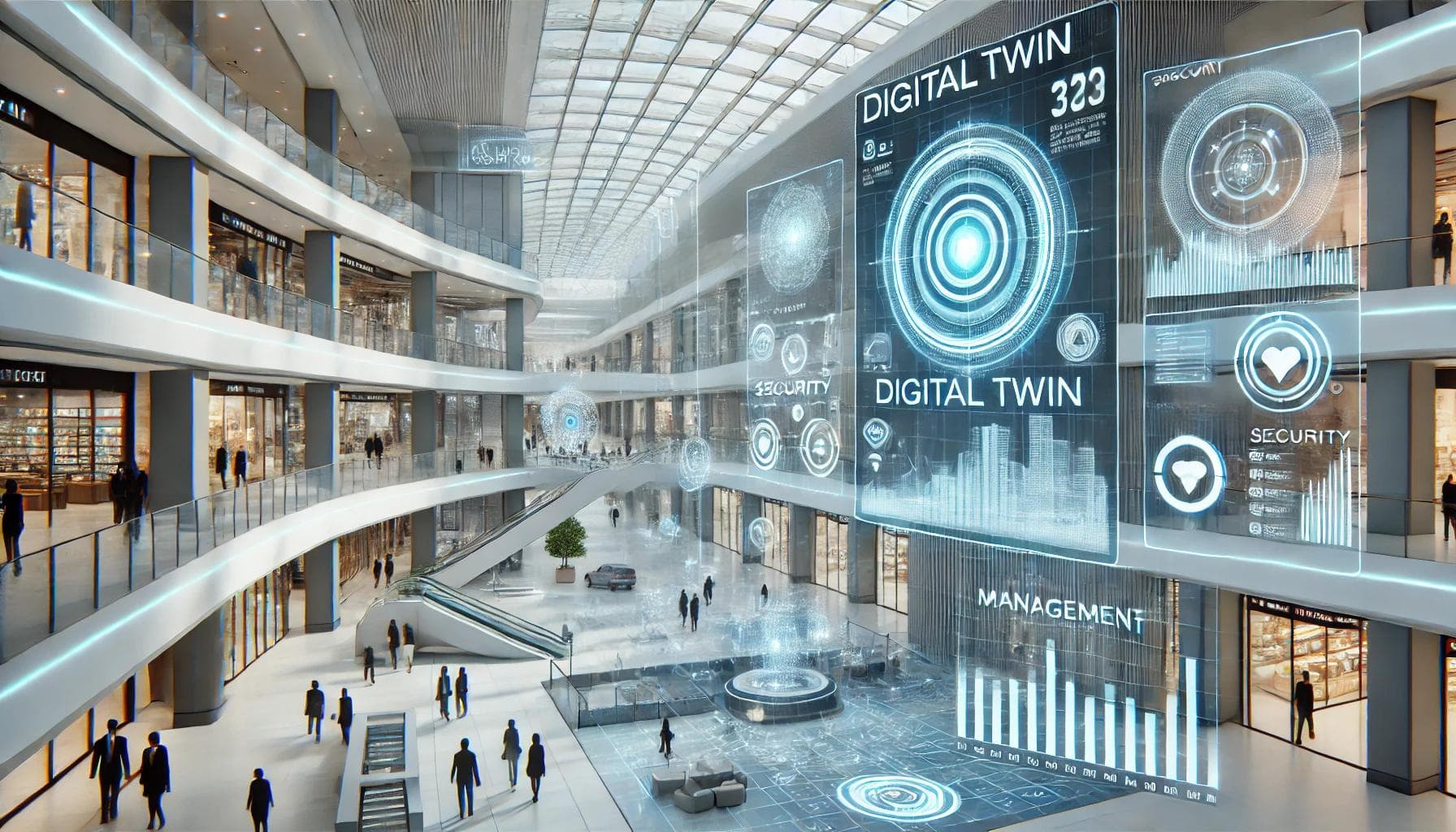Industry Blogs
Back-End Mall Ops: 5 Tech Upgrades That Drive Efficiency

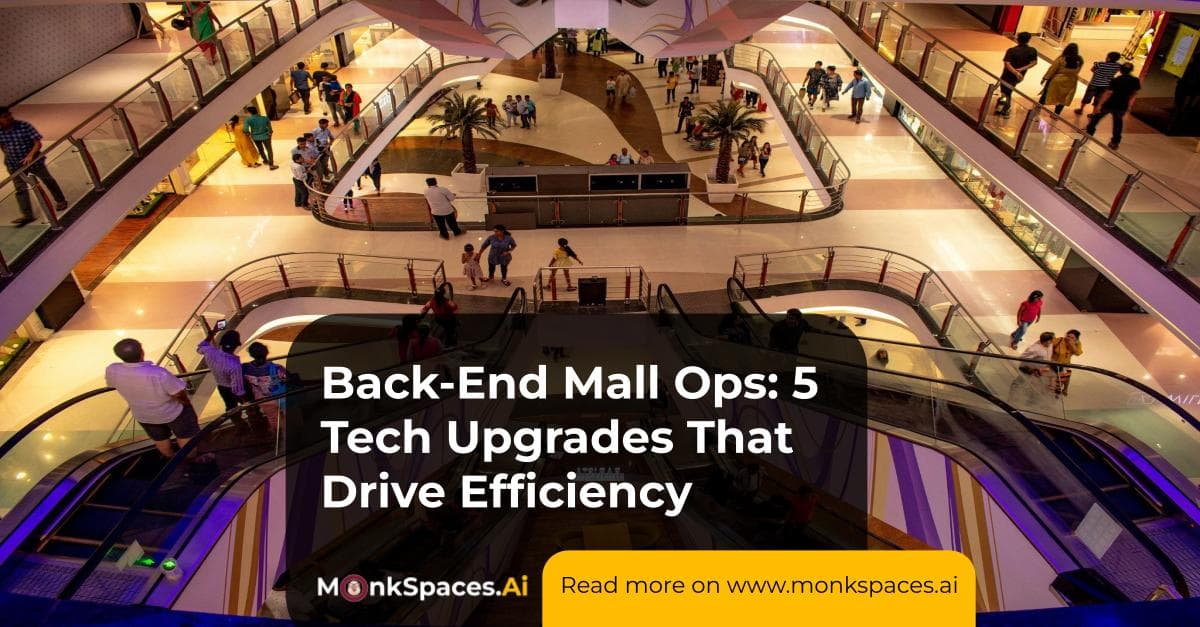
Behind every successful mall is a disciplined back end — the systems, data, and routines that keep everything running without friction. That foundation is now being strengthened by technology.
From asset tracking to tenant analytics, tech upgrades are turning what was once routine maintenance into a source of efficiency and strategic advantage.
5 Key Tech Upgrades for Back-End Mall Ops
Here’s how five emerging technologies are advancing the back end of mall operations.
Each marks a shift from reactive management to predictive control — where data drives every decision and systems work in sync.
1. Digital Twins
A digital twin is a live replica of your property that gives you a single view of all major metrics — occupancy, temperature, energy use, and equipment performance — in real time.
It doesn’t just monitor conditions; it also predicts them.
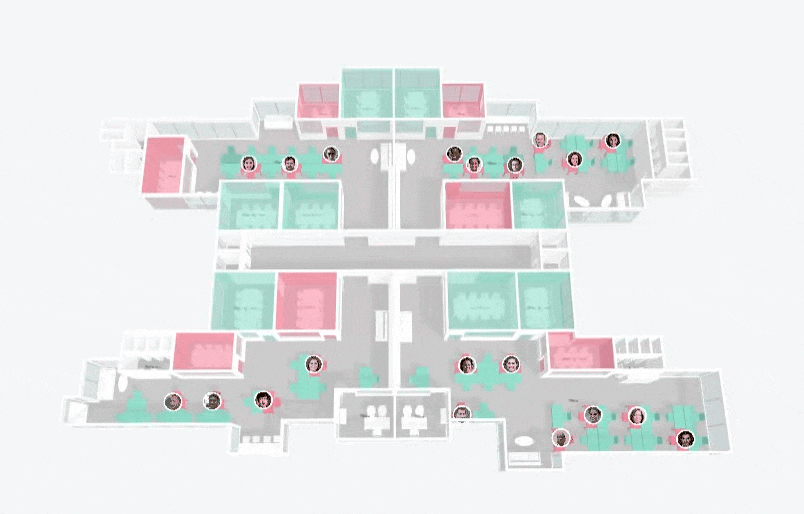
Teams can spot rising HVAC loads before peak hours, simulate the impact of weekend crowds, and catch mechanical faults before they disrupt tenants.
Operational impact: Real-time visibility, lower maintenance costs, and improved uptime across critical assets.
2. AI Incident Management
When something fails — an escalator stalls, lighting cuts out, or a chiller trips — every minute counts. AI-driven incident management systems detect anomalies instantly, classify the issue, and route it to the right team without manual intervention.
The result is faster resolution and fewer service escalations.
Operational impact: Quicker issue resolution, fewer tenant complaints, and smoother visitor experiences during peak hours.
3. Smart Leasing Dashboards
Leasing decisions are no longer made on instinct. Smart dashboards now blend IoT, CRM, and POS data to create a living picture of how each store performs — who’s drawing traffic, when sales spike, and where dwell time drops.

It’s the difference between guessing performance and seeing it in motion. Leasing teams can renew high-performing tenants faster, redesign weak zones, and spot upcoming churn before it happens.
Operational impact: Predictive leasing, stronger tenant mix, and higher overall portfolio yield.
4. AR/VR Staff Training
Consistency at scale remains one of the hardest challenges in mall operations. Training hundreds of security, housekeeping, and maintenance staff across properties takes time and often results in uneven execution.
AR and VR now solve that gap with immersive, standardized simulations.
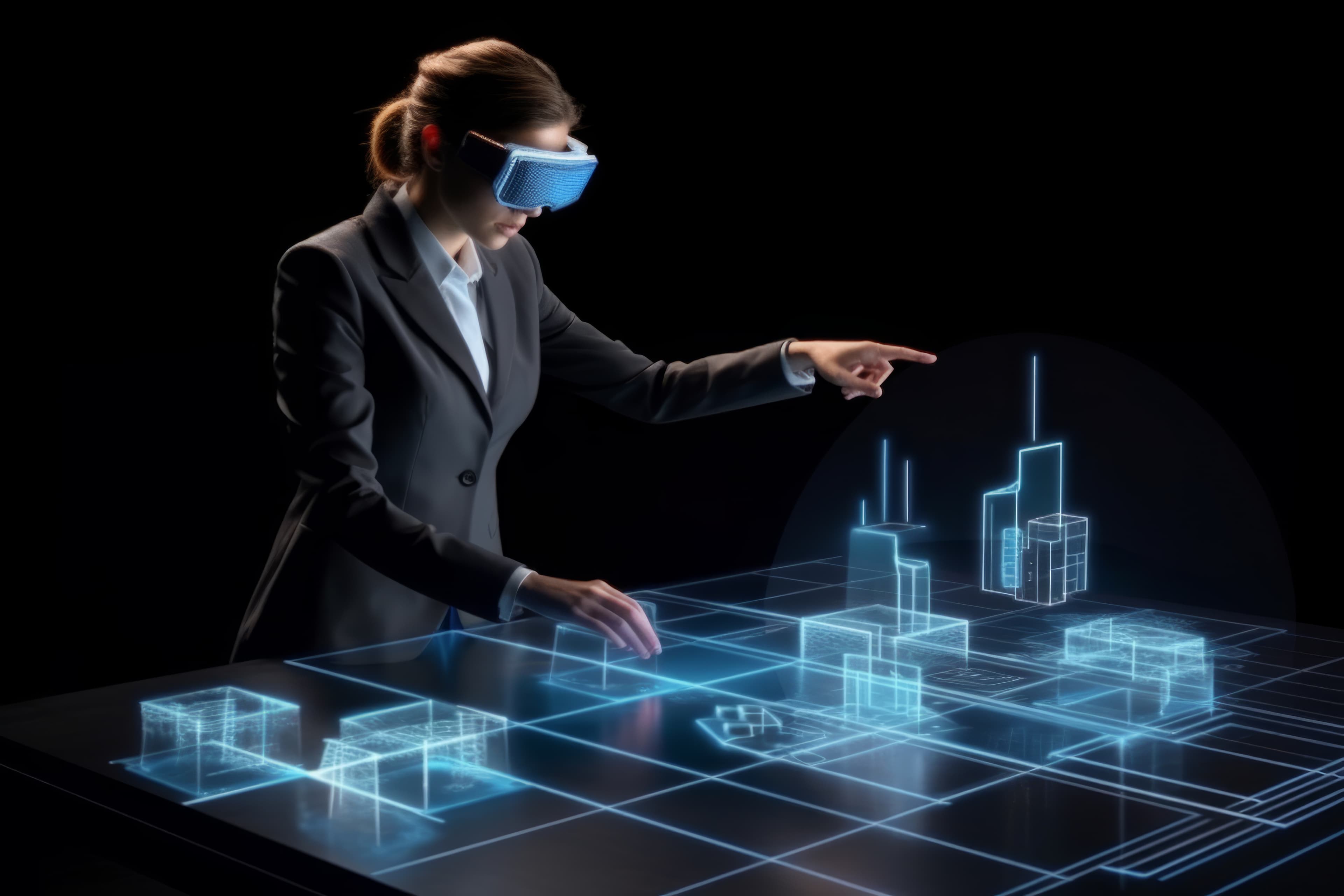
Teams can practice emergency responses, service protocols, and crowd management scenarios in realistic virtual environments without disrupting daily operations.
This cuts onboarding time from weeks to days and builds muscle memory that translates directly to performance on the floor.
5. Dynamic SOP Engines
Operational discipline depends on how quickly a property adapts to changing conditions. Static SOPs can’t adjust when footfall spikes or service needs shift. Dynamic SOP engines solve that by aligning manpower, maintenance, and housekeeping schedules with live data.

During holiday weekends, the system can automatically scale security coverage. When footfall drops midweek, it recalibrates staffing to cut idle time.
The result is a continuous balance between efficiency and service readiness — a model fit for multi-property operations.
Operational impact: Data-led resource allocation, reduced operational waste, and stronger cost control without compromising experience.
Upgrade Your Back-End Ops Now
Back-end efficiency often decides how smoothly a mall runs — and how well it scales. Many systems in use today weren’t built for the complexity or pace of modern retail environments.
The good news is that new technology makes upgrading far easier than it used to be.
At MonkSpaces.Ai, we work with mall operators to identify the right mix of tools for their size, tenant base, and operational goals. If you’re exploring how to modernize your portfolio, we’d be glad to share what’s working across leading properties.
